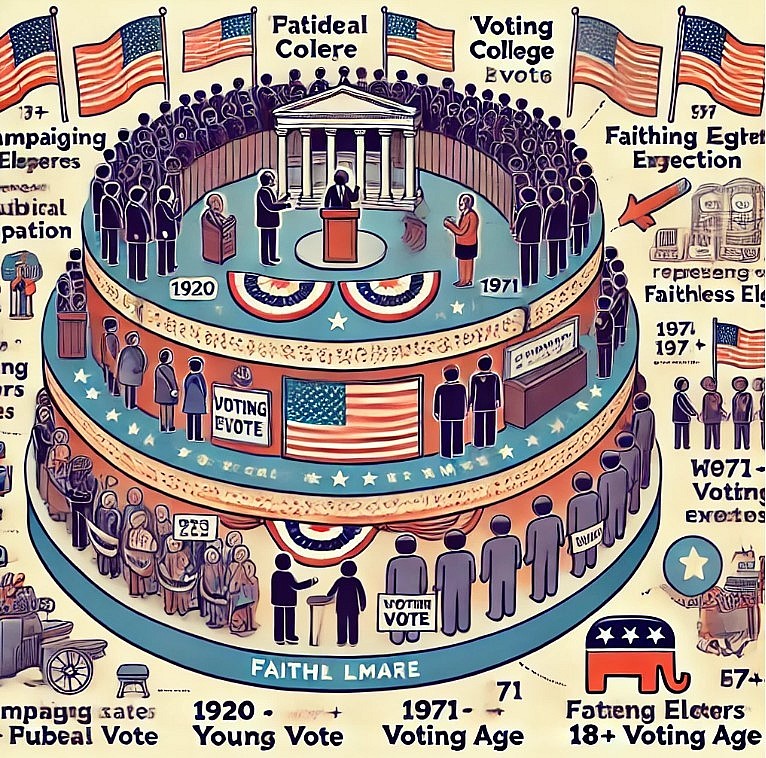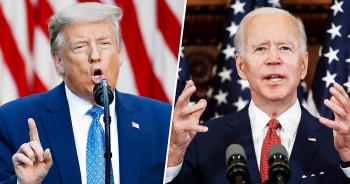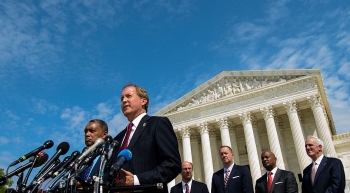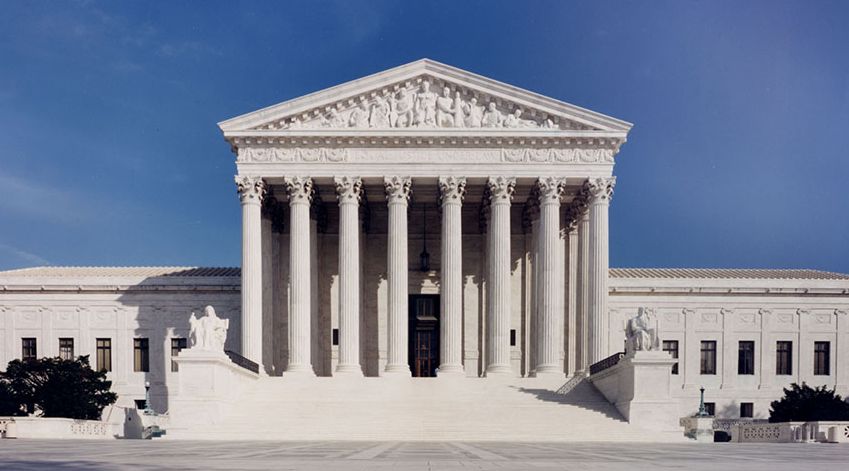10 Lesser-Known Facts About the U.S. Election
02:34 | 05/11/2024 Print
| Table of Contents |
The U.S. presidential election is a monumental event, bringing together millions of citizens to shape the nation’s future. While many people know the basics of casting a vote, there are numerous fascinating, lesser-known aspects of the election process that reveal the depth and complexity of American democracy.
Learn more: The 20 Strangest Polling Locations in the U.S. Presidential Election
 |
| Lesser-Known Facts About the U.S. Presidential Election |
1. Early Voting Was Limited to Landowners
In the early days of the United States, only a narrow group of citizens—mainly white, land-owning men—were granted the right to vote. This restriction mirrored societal hierarchies of the time, where land ownership was seen as a measure of responsibility and stake in the country. Over the years, voting rights were expanded through numerous constitutional amendments and civil rights movements, making the process more inclusive.
Notably, the 15th Amendment in 1870 extended voting rights to African American men, while the 19th Amendment in 1920 granted women the right to vote. The 26th Amendment, ratified in 1971, lowered the voting age from 21 to 18, spurred by the argument that if young people were old enough to be drafted during the Vietnam War, they should also have the right to vote.
2. The Unique Influence of the Electoral College
Unlike most democratic countries, the U.S. does not determine its president by popular vote. Instead, it uses the Electoral College, a system in which each state is assigned a number of electors based on its representation in Congress. This was originally intended to balance power between smaller and larger states. The "winner-takes-all" rule used by most states means that a candidate who wins the state’s popular vote takes all its electoral votes, leading to a strong focus on swing states.
The Electoral College can sometimes override the popular vote, as seen in 2000 and 2016, when the candidate with the most votes nationwide did not win the presidency. While the Electoral College remains controversial, it shapes campaign strategies, pushing candidates to target key battleground states.
3. Faithless Electors Can Defy Expectations
A “faithless elector” is a member of the Electoral College who votes for a candidate other than the one they pledged to support. While rare, faithless electors have appeared in nearly every election, including 2016, when seven electors voted against their party’s nominee. This phenomenon has led some states to pass laws binding electors to their pledged candidate, and in 2020, the Supreme Court ruled that states could enforce penalties on faithless electors. Though uncommon, faithless electors remind us of the unpredictable nature of the Electoral College.
4. Campaigning Was Once Considered Improper
In the early history of the U.S., active campaigning was often viewed as undignified. Figures like George Washington and Thomas Jefferson refrained from directly campaigning, believing that personal promotion was unseemly. Instead, supporters would advocate on their behalf. However, this changed over time as campaigning became a core part of the election process. The first televised debate in 1960 between John F. Kennedy and Richard Nixon marked a turning point, highlighting the importance of image and media presence in influencing voters.
Today, candidates rely heavily on public appearances, advertisements, and social media to engage with voters, making campaigning an essential and expected part of modern elections.
5. Third-Party Candidates Have Shaped Elections
While Democrats and Republicans have dominated U.S. politics for most of the nation’s history, third-party candidates have sometimes significantly impacted presidential races. In 1992, Ross Perot’s independent run captured almost 19% of the popular vote, which arguably influenced the outcome. Though third-party candidates rarely win, they often highlight important issues and can shift the national conversation, demonstrating the diversity of political views in America.
6. The Evolution of Voting Technology Hasn’t Been Smooth
From paper ballots to digital voting machines, the evolution of voting technology has introduced both improvements and challenges. The infamous “hanging chad” controversy in the 2000 election, where incomplete punch-card ballots in Florida led to a recount, highlighted flaws in older systems. This event prompted a nationwide overhaul of voting technology, leading to electronic machines and mail-in options.
In recent years, there has been growing interest in blockchain technology as a potential future voting method. However, debates around security, accessibility, and voter trust continue as technology advances.
7. Unusual Polling Places Make Voting More Memorable
In the U.S., some polling stations stand out for their unique locations. While most voters cast ballots in schools or community centers, others have the chance to vote in places like museums, sports stadiums, and even laundromats. Unique polling places add excitement to Election Day and can increase turnout by making voting accessible in unconventional settings. This approach has become especially popular in recent years, as states aim to make voting easier and more engaging.
8. Election Day Alcohol Bans Were Once Common
Historically, some states, like Kentucky, implemented “dry” Election Days, prohibiting the sale of alcohol to prevent voter manipulation and ensure people arrived sober to the polls. Though most states have since repealed these laws, the practice reflects the country’s long-standing commitment to maintaining integrity at the polls. Today, Election Day laws focus more on preventing interference and maintaining neutrality within polling locations.
9. Electioneering Is Banned Near Polling Places
To keep polling sites neutral, electioneering—displaying campaign materials, handing out flyers, or wearing political gear—is prohibited within a certain distance of polling locations, often 100 feet. This law aims to protect voters from undue influence as they wait to cast their ballots, creating a more comfortable environment where people can make decisions without external pressures. These restrictions are carefully enforced on Election Day to ensure a fair voting experience.
10. Election Day Superstitions and Traditions Add a Festive Touch
For many Americans, Election Day comes with unique rituals and superstitions. Some candidates believe in lucky charms, like wearing a specific tie or eating a favorite breakfast, hoping it will bring victory. In certain communities, Election Day parades and gatherings create a festive atmosphere, transforming voting into a cultural event. These traditions reflect the anticipation and excitement that accompany this pivotal day in American life.
Conclusion
The U.S. presidential election process is far more complex and intriguing than it may initially appear. Each "layer" of this process—from early voting rights struggles to the Electoral College’s unique impact, and even to the quirks of Election Day traditions—reflects the evolving nature of American democracy. Understanding these lesser-known facts not only enriches our appreciation of the electoral system but also highlights the diverse voices and traditions that make each election unique. As we look toward future elections, it’s essential to remember that every vote contributes to the ongoing story of democracy, shaping the nation with each ballot cast.
Frequently Asked Questions (FAQ)
1. Why does the U.S. use the Electoral College instead of a popular vote?
- The Electoral College was created to balance power between states of varying sizes, ensuring that smaller states have a voice. This approach encourages candidates to appeal to a broader range of states, not just populous urban areas.
2. What is a faithless elector, and can they change the election outcome?
- A faithless elector is an Electoral College member who votes against their pledged candidate. Though rare, faithless electors have appeared in recent elections. Their impact is limited, especially as more states pass laws penalizing or replacing faithless electors to align with the state’s popular vote.
3. Can a third-party candidate win the presidential election?
- While possible, no third-party candidate has ever won the presidency. However, they can still shape election outcomes by drawing votes from major candidates and influencing national discussions on important issues.
4. How has voting technology changed over time?
- Voting technology has evolved from paper ballots to punch cards, electronic systems, and now mail-in and blockchain options. These advancements aim to improve efficiency and security, though they also raise debates about reliability and voter trust.
5. Are unique polling locations common?
- Yes, unique polling sites have become increasingly common. Venues like museums, sports arenas, and historic sites help make voting more accessible and memorable, often drawing higher turnout.
6. Is Election Day always on a Tuesday?
- Yes, Election Day is traditionally the first Tuesday after the first Monday in November. This custom dates back to the 1800s, when farmers needed time to travel to polling places after the weekend.
7. Why were alcohol sales once banned on Election Day?
- Election Day alcohol bans aimed to prevent voter manipulation through free drinks and ensure voters arrived sober. Though most states no longer enforce this, the practice highlights past efforts to protect election integrity.
8. Why is electioneering restricted near polling places?
- Electioneering is restricted within certain distances to keep voting sites neutral and prevent campaign influence. These rules aim to create a fair, intimidation-free voting environment.
9. Are there any Election Day superstitions among candidates?
- Yes, many candidates follow Election Day rituals, from wearing lucky outfits to eating specific foods. These superstitions reflect the excitement and hope tied to Election Day.
10. Has a candidate ever refused to campaign?
- Early candidates, including George Washington, avoided active campaigning, considering it improper. This changed over time, and now public appearances and media engagement are crucial parts of campaigning.
 Astrologer's predictions about US Election: Biden or Trump, who will take the office? Astrologer's predictions about US Election: Biden or Trump, who will take the office? Presidential Elections in the United States attracts public attention not only American but also people from all over the world. When the final result hasn't ... |
 Update News Texas suing 4 states: 17 states have filed in support, Trump moves to intervene Update News Texas suing 4 states: 17 states have filed in support, Trump moves to intervene Update News Texas suing 4 states over election: Georgia, Michigan, Pennsylvania and Wisconsin on Thursday urged the U.S. Supreme Court to reject a lawsuit. |
 What is the U.S Supreme Court and Interesting Facts What is the U.S Supreme Court and Interesting Facts The Supreme Court holds a greatly important role in the political system of the United States. |
Jenny Lee
Article URL: https://knowinsiders.com/10-lesser-known-facts-about-the-us-election-41034.html
All rights reserved by KnowInsider
